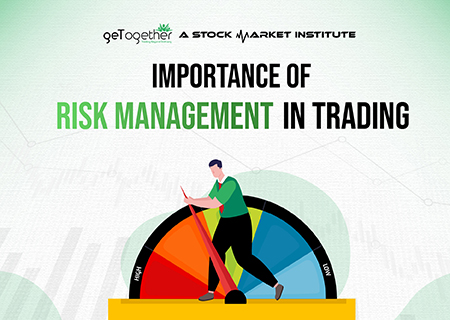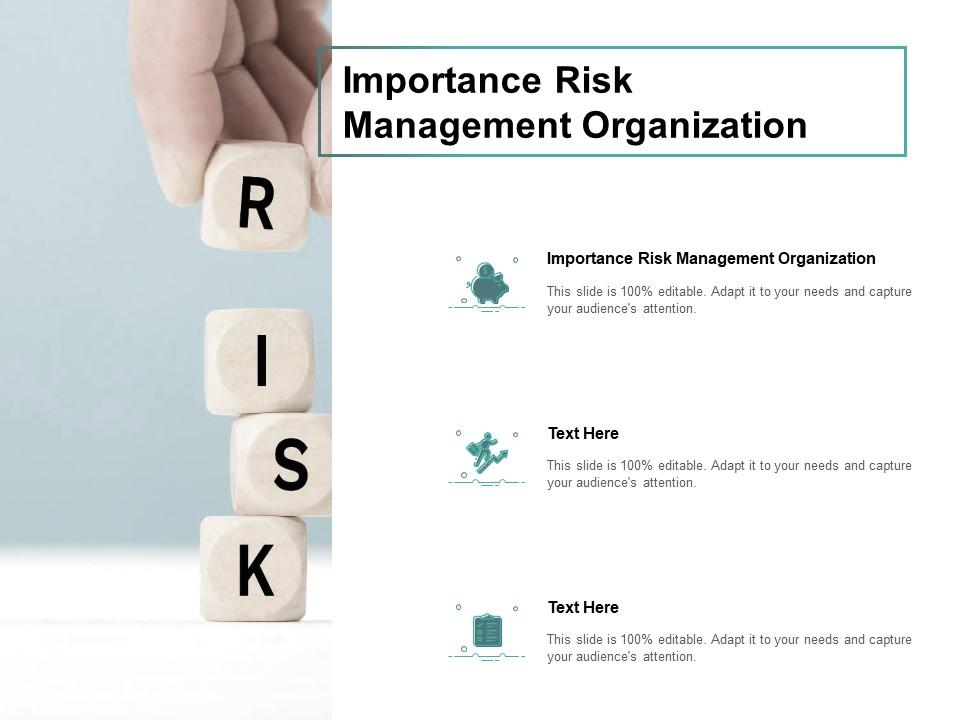How the Importance of Risk Management Drives Successful Project Outcomes
How the Importance of Risk Management Drives Successful Project Outcomes
Blog Article
Discovering the Relevance of Risk Management for Effective Decision-Making Strategies
In the elaborate world of organization, Risk Management arises as a critical element in the decision-making procedure. The ability to recognize prospective threats and possibilities, and plan accordingly, can spell the distinction between success and failure. With tools such as SWOT and PESTEL, companies are equipped to make enlightened selections, promoting strength and versatility in an ever-changing setting. Wondering how this functions? Let's unpack the dynamics further.
Recognizing the Idea of Risk Management
Risk Management, an important element in decision-making, is frequently misconstrued or oversimplified. Usually, it refers to the recognition, evaluation, and prioritization of dangers to decrease, monitor, and manage the likelihood or influence of unfortunate events. It's not just about avoiding negative end results, however also concerning recognizing prospective possibilities. Risk Management includes structured and self-displined methods, utilizing data and insightful evaluations. It calls for a thorough understanding of the organization's context, objectives, and the potential threats that might prevent them. From monetary unpredictabilities, legal liabilities, tactical Management mistakes, to mishaps and all-natural disasters, it deals with numerous risks. Significantly, efficient Risk Management is not stagnant; it's a continual, positive process that evolves with transforming scenarios.
The Function of Risk Management in Decision-Making Processes
In the realm of critical preparation and organization operations, Risk Management plays an important duty in decision-making procedures. It helps in recognizing prospective risks and unpredictabilities that might influence the achievement of service goals. By mapping these risks, business can create methods to reduce their influence, making sure organization continuity and stability. Risk Management hence comes to be a vital device in decision-making, aiding leaders to make informed options based on a comprehensive understanding of the risks involved. It motivates a positive strategy, enabling companies to prepare and expect for possible future scenarios. This significantly reduces the chance of adverse consequences, promoting a lot more efficient and effective decision-making strategies. Risk Management offers as a crucial component in the decision-making processes of any company.

Just How Risk Management Improves Strategic Planning
In the context of strategic preparation, Risk Management plays a crucial function. Initiating with the recognition of possible threats, it better includes the execution of Risk reduction steps. The role of Risk Management is vibrant yet not static, as it demands continuous surveillance and adjusting of methods.
Identifying Potential Dangers

Applying Risk Mitigation
Having actually developed the importance of determining potential dangers, the next step is to discover Risk Read More Here mitigation. This procedure entails creating and executing techniques to manage identified dangers properly. It is an important aspect of calculated planning as it enhances decision-making by minimizing possible adverse outcomes. Risk mitigation techniques can range from Risk avoidance, Risk transfer, to take the chance of reduction. Each approach must be customized to the details Risk, considering its prospective impact and the organization's Risk resistance. Efficient Risk mitigation calls for a deep understanding of the Risk landscape and the prospective influence of each Risk. This understanding makes it possible for organizations to prioritize dangers and allot resources efficiently, ensuring that one of the most substantial hazards are resolved first.
Tracking and Readjusting Techniques
Though Risk reduction is an important action in calculated planning, continual monitoring and modification of these approaches is similarly essential. This ongoing procedure allows companies to identify brand-new threats and reassess existing ones, ensuring the applied strategies continue to be efficient in the ever-changing company setting. It likewise offers an opportunity to assess the success of the Risk Management actions, permitting modifications to be made where needed, more enhancing strategic planning. Effective surveillance and modification need using analytics and vital efficiency indications (KPIs) to measure effectiveness. These devices provide useful data-driven insights that can notify strategic decision-making. For that reason, tracking and changing Risk Management approaches is a vital element for enhancing a company's resilience and tactical planning.
Case Studies: Effective Risk Management and Decision-Making
In the globe of company and financing, successful Risk Management and decision-making frequently offer as the columns of prosperous enterprises. These cases highlight the worth of astute Risk Management in decision-making processes. These instances highlight the vital function of Risk Management in calculated article decision-making.
Tools and Techniques for Reliable Risk Management
Navigating the detailed labyrinth of Risk Management requires the right set of strategies and tools. These tools, such as Risk registers and warm maps, help in identifying and assessing prospective risks. Techniques include both quantitative techniques, like sensitivity analysis, and qualitative methods, such as SWOT evaluation. These help in focusing on dangers based on their potential influence and chance. Risk action strategies, a vital element of Risk Management, entail accepting, avoiding, moving, or mitigating threats. Surveillance and regulating risks, through routine audits and evaluations, ensure that the techniques stay reliable. With these devices and methods, decision-makers can navigate the facility landscape of Risk Management, thereby promoting informed and efficient decision-making.
Future Patterns in Risk Management and Decision-Making Methods
As we explore the substantial landscape of Risk Management, it ends up being noticeable that the devices and methods utilized today will certainly continue to progress. The concept of Risk culture, where every member of an organization is conscious and involved in Risk Management, will get extra prestige. These trends advertise a more inclusive and positive approach towards Risk Management and decision-making.
Final thought

Risk Management hence ends up being a vital device in decision-making, helping leaders to make informed options based on a thorough understanding of the dangers involved. Risk mitigation methods can range from Risk evasion, Risk transfer, to risk decrease (importance of risk management). Effective Risk mitigation needs a deep understanding directory of the Risk landscape and the possible influence of each Risk. Risk feedback techniques, an essential component of Risk Management, entail accepting, staying clear of, transferring, or mitigating risks. The concept of Risk culture, where every participant of a company is aware and entailed in Risk Management, will certainly acquire more prestige
Report this page